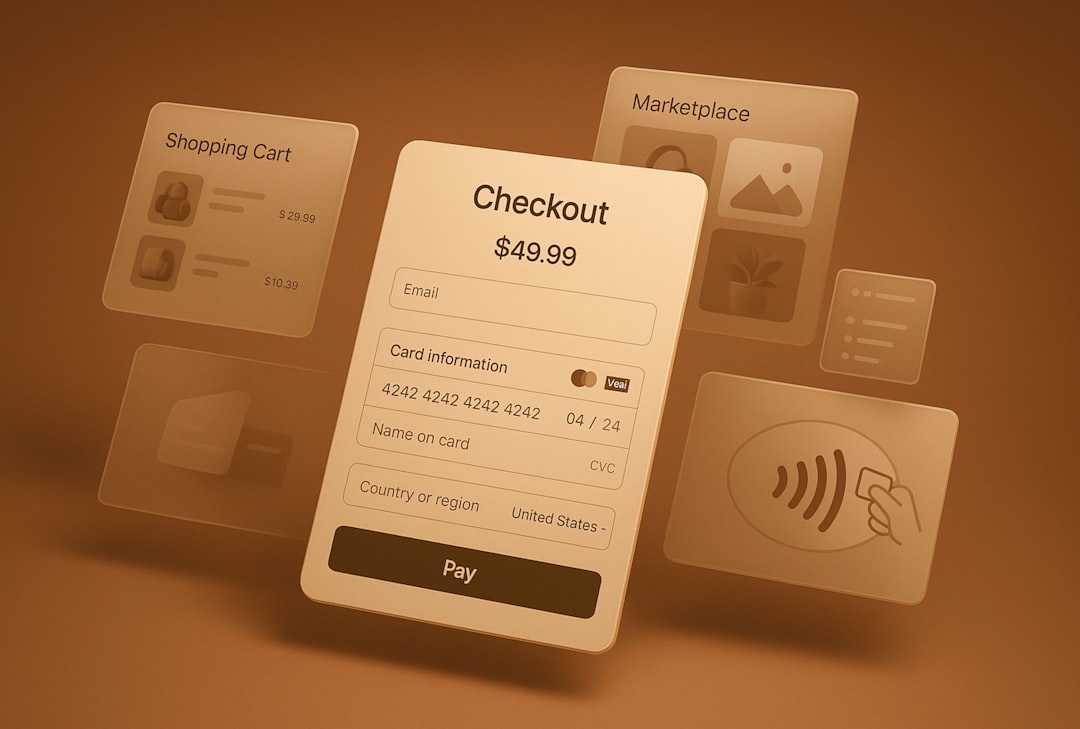Starting an online store is exciting. The thrill of launching your own brand, selling products, and building something from scratch is a dream for many. But choosing the right technology can be tricky. That’s where SaaS ecommerce platforms come in. They make your life easier—no coding, no fuss, just selling.
Still scratching your head? Don’t worry! We’ve put together the ultimate guide to help you find the best SaaS ecommerce platform for your store. Let’s break it all down, step by step, in a way that’s fun and easy.
What is a SaaS Ecommerce Platform?
SaaS stands for Software as a Service. It means the platform is hosted online, and you use it by paying a subscription. No bulky downloads. No messy servers. Just log in and sell.
Imagine renting a fully furnished shop. You don’t build the store; you simply decorate, stock it, and open the doors.
Examples of top SaaS ecommerce platforms include:
- Shopify
- BigCommerce
- Wix eCommerce
- Squarespace Commerce
- Volusion
Why Use a SaaS Platform?
Here’s why SaaS platforms are awesome:
- Fast setup – Go live in a day or two.
- No coding needed – Customize with clicks, not code.
- Secure and scalable – Let the platform handle the tech stuff.
- Support included – Help is just an email or chat away.
Perfect for beginners. And even better for growing businesses that don’t want IT headaches.
What to Look For in a SaaS Ecommerce Platform
So, how do you choose the right one? Here’s what to look for:
1. Ease of Use
Can you figure it out quickly? Does it feel smooth and friendly? A drag-and-drop editor is a big win here!
2. Design Options
Good design sells. Look for platforms with beautiful, professional themes that are mobile-friendly too.

3. Features and Tools
Make a checklist of what you need:
- Inventory management
- Discount codes
- Email marketing
- Shipping calculator
- Abandoned cart recovery
Not every platform offers everything. So choose based on your must-haves.
4. Payment Gateways
Can your customers pay the way they want? Credit cards, PayPal, Apple Pay, and others are a must.
5. SEO Features
You want to be found on Google, right? Look for platforms with support for custom URLs, meta tags, and blog tools.
6. Pricing
This one’s BIG. Plans range widely. Some start at $14/month. Others go beyond $300/month.
Look at not just price, but value. What are you getting? Will it grow with your business?
Let’s Compare Some Popular Platforms
Shopify
One of the biggest names out there. Known for ease of use and lots of integrations.
- Pros: Fantastic app store, strong support, fast onboarding
- Cons: Transaction fees if not using Shopify Payments
BigCommerce
Great for bigger stores with more complex needs.
- Pros: Powerful tools out-of-the-box, no transaction fees
- Cons: Slight learning curve for beginners
Wix eCommerce
Perfect if you want design freedom and a beautiful storefront.
- Pros: Drag-and-drop editor, gorgeous templates
- Cons: Not as scalable for large inventory shops
Squarespace Commerce
Stylish and simple – ideal for creatives selling items like art or apparel.
- Pros: Elegant design, easy to use
- Cons: Limited advanced ecommerce features
Volusion
Focus on small-to-medium-sized businesses with solid inventory tools.
- Pros: Built-in reports, strong analytics
- Cons: Interface can feel dated
Plan Your Budget (and Hidden Costs)
It’s tempting to go with the cheapest plan. But beware of hidden costs:
- App fees
- Payment processing fees
- Theme or template costs
- Custom domain fees

Read the fine print. Do some math. Know what you’re getting into.
Test Before You Commit
Almost all platforms offer free trials. Use them!
Test the dashboard. Try adding products. Play with themes. Show it to a friend. Pick the one that feels good and fits your business vision.
Make a Final Checklist
Before you hit that “Sign Up” button, go through this quick checklist:
- ✅ Does it support your product type?
- ✅ Is it beginner-friendly?
- ✅ Can it grow with your business?
- ✅ Are there enough features without paying extra?
- ✅ What do user reviews say?
If you check most of those, congrats! You’re ready to launch your dream store.
Bonus Tips for Ecommerce Success
- Use great product photos: Clear, bright images help sell more.
- Write awesome descriptions: Be helpful and honest.
- Offer fast shipping: Customers love speed.
- Keep learning: Ecommerce is always evolving.
Conclusion
The right SaaS ecommerce platform can make or break your online store. Don’t rush. Take the time to find the perfect fit. Think about your current needs—and your future goals.
Start small. Learn fast. Grow big.
Now go build that dream store. The world is waiting for what you’ve got to sell!
Happy selling!
